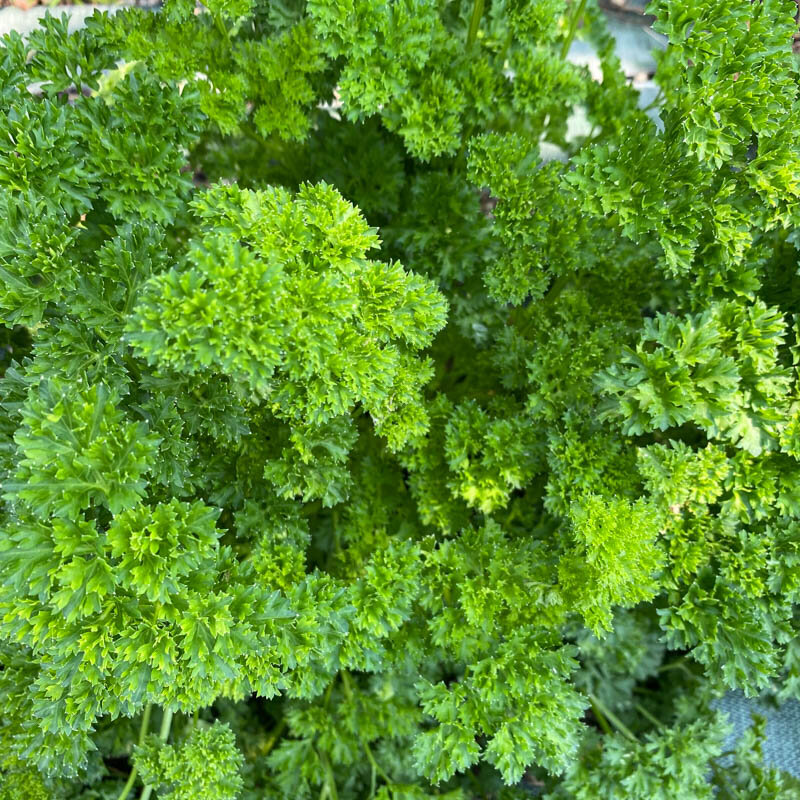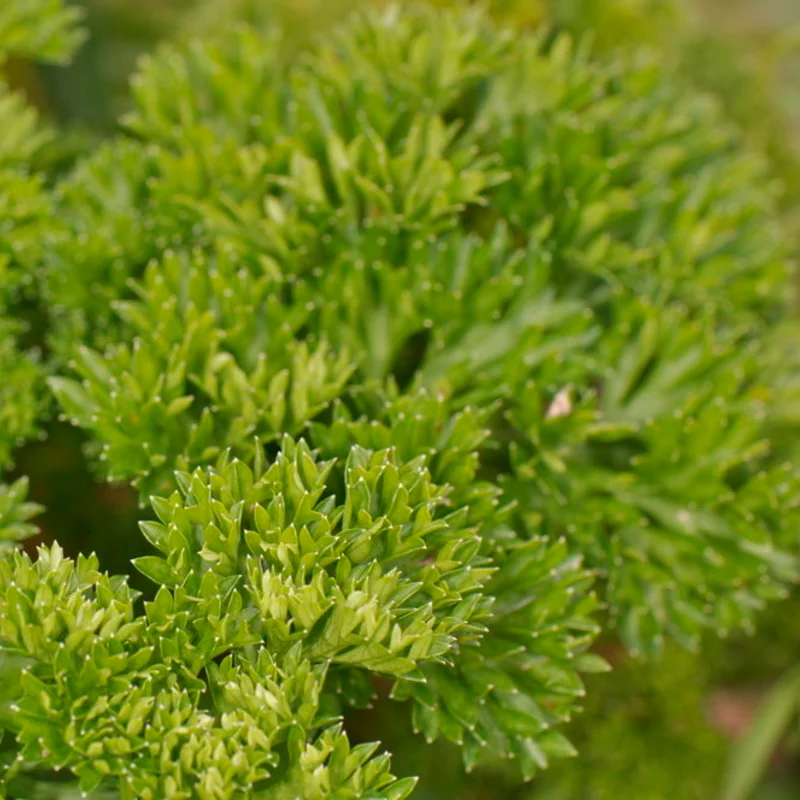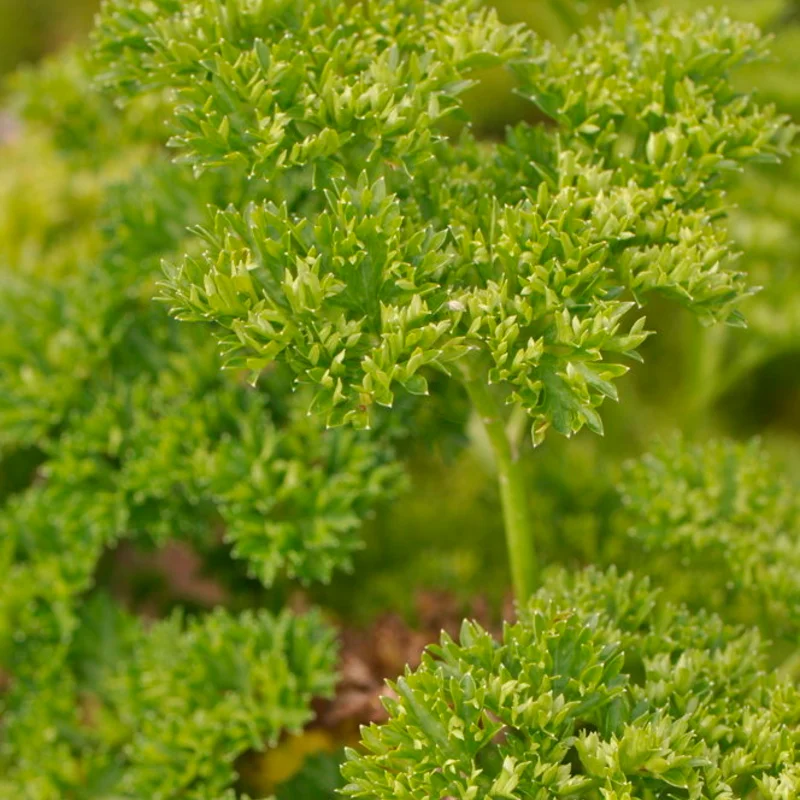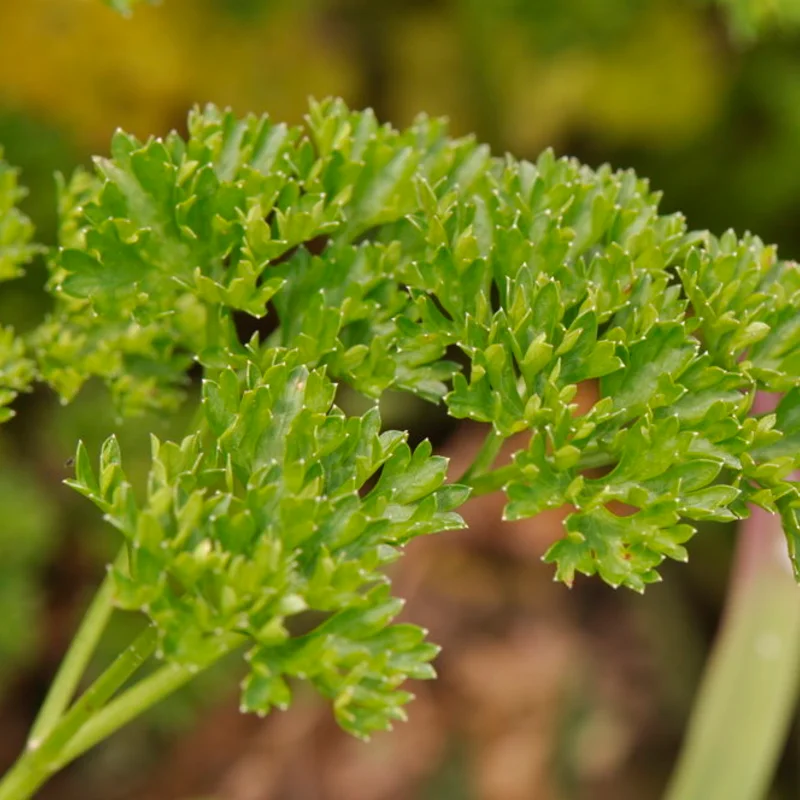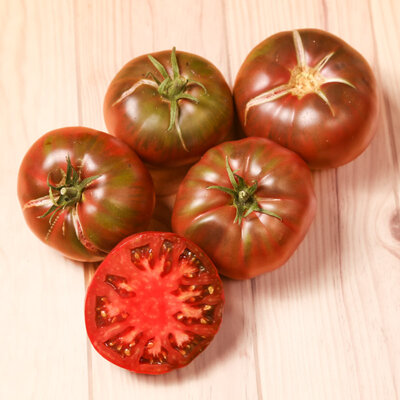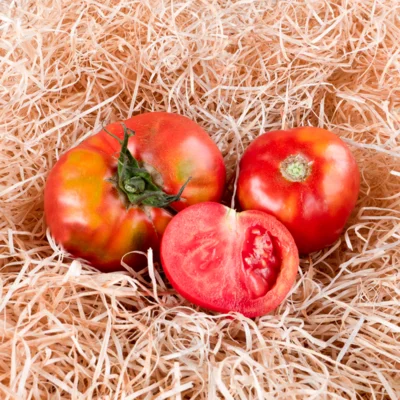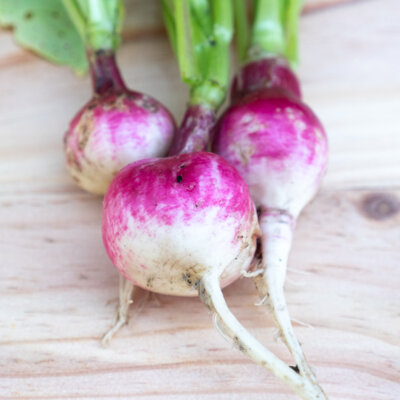Curled - Parsley
This ancient variety, used as a condiment, produces very decorative, curly, cut foliage. Its aroma is slightly less fragrant than that of simple parsley. The oil contained in its seeds can stain bags.
These products may also be of interest to you
in the ground, in bucket
Sow lightly in a nursery. Cover with a thin layer of soil and keep moist until emergence. Transplant at 4-5 leaf stage, every 8 cm, in rows 30 cm apart. You can also sow directly in place, in rows 30 cm apart, and then thin out to 8 cm along the row. For better emergence, soak the seeds for 2 days in water and keep the soil cool.
Parsley can take up to a month to germinate.
February, March, April
March, April, May, June, July, August, September
January, February, March, April, May, June, July, August, September, October, November, December
in the ground, in pot
semi-shade, sunny
medium
limestone, humus, potting soil
light, fees
Petroselinum crispum
mid-season
2 grams
Green
From 25 to 30 cm
curly
Mediterranean
1883
"Vilmorin-Andrieux "Les Plantes Potagères
This ancient variety originates from the Mediterranean Basin. It is mentioned in Vilmorin-Andrieux's 1883 book "Les Plantes Potagères".
Parsley is very rich in vitamins C and K, as well as iron and magnesium. It has anti-anemic, aperitive, stimulating, tonic and digestive properties. It can help with bloating, constipation, indigestion and intestinal parasites. It is also used for heart problems - poor circulation, hypertension - respiratory and menstrual disorders. Its leaves are eaten raw, as an infusion or decoction.



